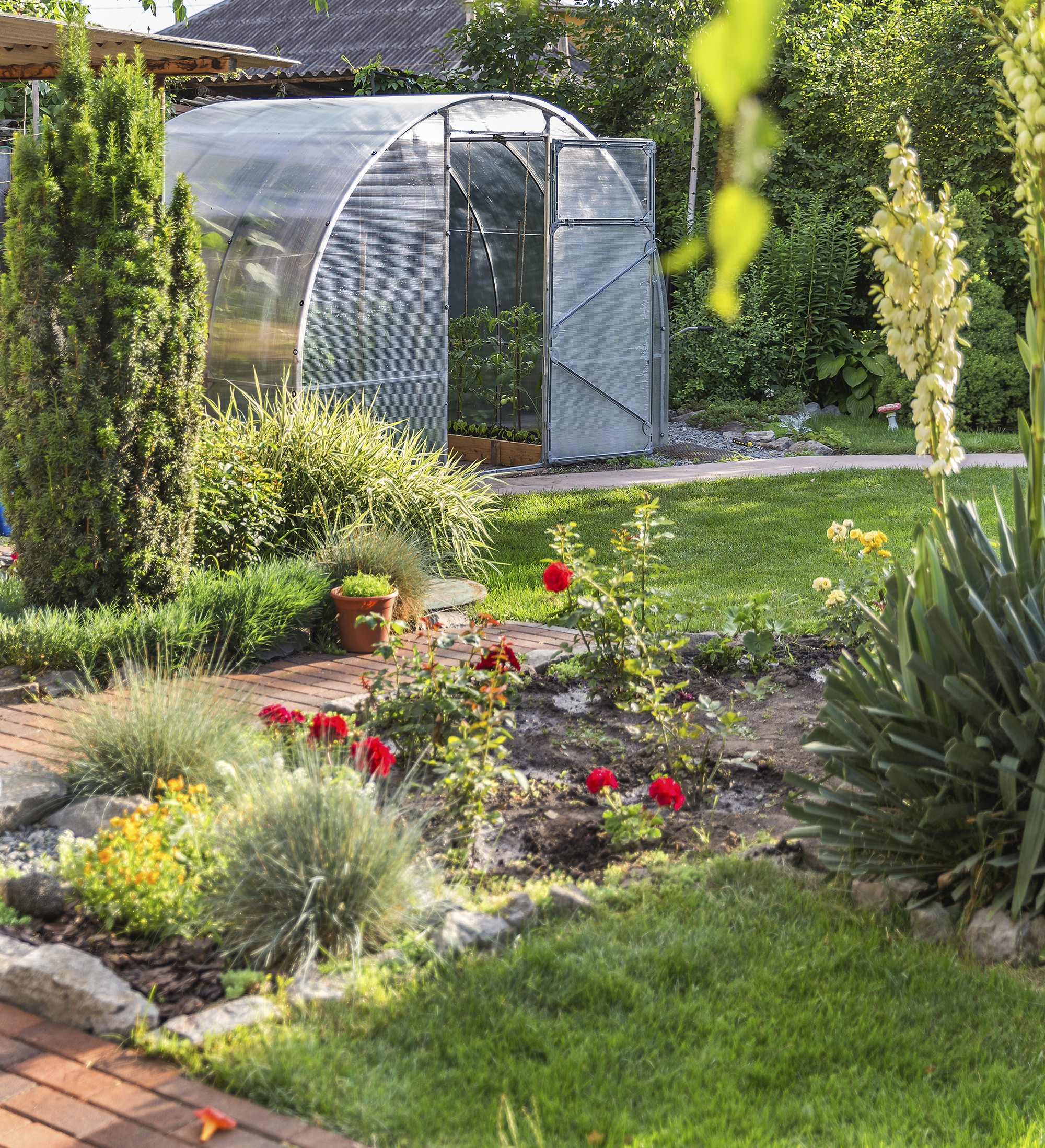Gardening In Zone 4: Tips For Gardening In Cold Climates

If you are in USDA zone 4, you’re probably somewhere quite far north. This means that your area gets long, warm days during the summer with high temps in the 70’s and lots of snow and average cold temps of -10 to -20 F. (-23 to -28 C.) in the winter. This translates to a rather short growing season of about 113 days, so vegetable gardening in zone 4 can be challenging. The following article contains some helpful tips for gardening in cold climates and appropriate zone 4 garden plants.
Gardening in Cold Climates
Zone 4 refers to the United States Department of Agriculture’s map identifying your region in relation to what plants will survive in your area. Zones are divided by 10 degree increments and are only using temperature to ascertain survivability. Sunset zones are climate zones that are more specific and take into account your latitude; ocean influence, if any; humidity; rainfall; wind; elevation and even microclimate. If you are in USDA zone 4, your Sunset zone is A1. Narrowing down your climactic zone can really help you decide which plants are possible to grow in your area. There are also other things that you can do to ensure your successful growing of plants for cold climates. First of all, talk to the locals. Anyone that’s been there for a while will no doubt have both failures and successes to tell you about. Build a greenhouse and use raised beds. Also, plant south to north, or north to south. Warmer weather regions are encouraged to plant east to west so the plants shade each other, but not in colder areas, you want maximum sun exposure. Keep a garden journal and record your hits and misses and any other special information.
Plants for Cold Climates
You will no doubt need to do some research on specific varieties of plants that are suited for cold climates. This is where the information gleaned from friends, neighbors, and family that live in your area becomes invaluable. Perhaps one of them knows the exact type of tomato that will garner successful fruit when vegetable gardening in zone 4. Tomatoes generally require warm temps and a longer growing season, so prying this nugget of information out of someone can mean the difference between triumphant tomato growing and dismal failure. For perennials suited as zone 4 gardening plants, any one of the following should do well:
- Shasta daisies
- Yarrow
- Bleeding heart
- Rockcress
- Aster
- Bellflower
- Goat’s beard
- Daylily
- Gayfeather
- Violets
- Lamb’s ears
- Hardy geraniums
Less hardy perennials can be grown successfully as annuals in colder climates. Coreopsis and Rudbeckia are examples of less hardy perennials that work as plants for cold climates. I prefer to grow the perennials myself since they return year after year, but I always tuck in annuals too. Examples of cold climate annuals are nasturtiums, cosmos and coleus. There are many trees and shrubs that can take the colder temps of zone 4 such as:
As to vegetable gardening, cold season veggies do the best, but with extra TLC, the use of a greenhouse, and/or raised beds combined with black plastic, you can also grow most other common vegetables such as tomatoes, peppers, celery, cucumbers, and zucchini. Again, talk to those around you and get some helpful advice regarding which varieties of these veggies worked best for them.
Sign up for the Gardening Know How newsletter today and receive a free copy of our e-book "How to Grow Delicious Tomatoes".

Amy Grant has been gardening for 30 years and writing for 15. A professional chef and caterer, Amy's area of expertise is culinary gardening.
